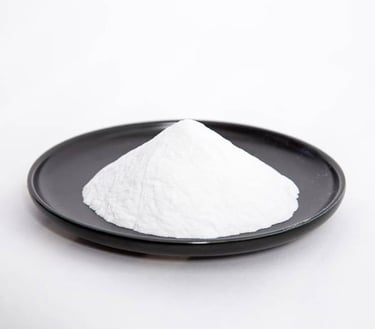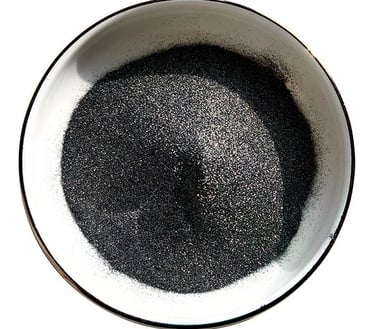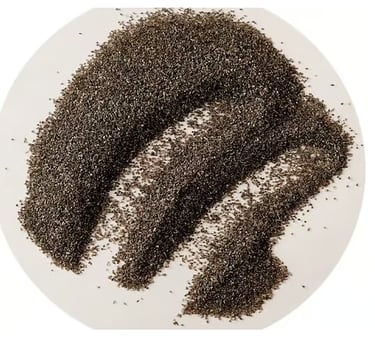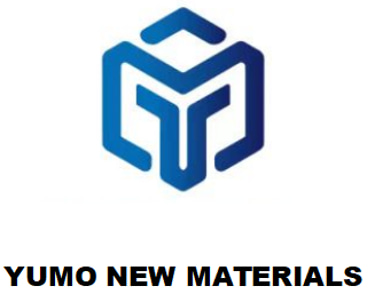HENAN YUMO: Engineered Precision, Uncompromised Performance
How to Choose Abrasives? The Ultimate Buyer’s Guide to White Fused Alumina, Silicon Carbide & Brown Fused Alumina
Confused about abrasive selection? Compare white fused alumina, silicon carbide, and brown fused alumina for your industry needs.
5/16/20252 min read


Understanding Abrasives
Abrasives are materials used for grinding, polishing, cutting, or smoothing out surfaces in various industrial and manufacturing processes. The selection of abrasives can significantly influence the performance of these processes, making it vital to choose the right type. This guide focuses on three popular types of abrasives: white fused alumina, silicon carbide, and brown fused alumina. Each type has specific characteristics and applications that dictate its suitability for various tasks.
White Fused Alumina
White fused alumina is a highly pure form of aluminum oxide, produced by the fusion of bauxite in an electric arc furnace. This abrasive is predominantly used in the manufacturing of precision-grinding wheels and products requiring a coarse or fine finish. One of the key benefits of white fused alumina is its high hardness level, which enables it to withstand high-pressure applications. It also has a low thermal conductivity, minimizing the heat generated during grinding, thus reducing the risk of burning the workpiece. Ideal for applications where a clean and bright surface finish is critical, white fused alumina is often the abrasive of choice for polished metals and ceramics.
Silicon Carbide
Silicon carbide is another popular abrasive known for its exceptional hardness and abrasive qualities. It's made by combining silicon and carbon at high temperatures. This material is often utilized for both cutting and polishing applications, particularly for hard materials such as glass, ceramics, and some metals. Silicon carbide abrasives are available in different grades, allowing users to select the most appropriate grit size for their specific needs. The versatility and durability of silicon carbide make it an excellent choice for a variety of industrial and commercial applications.
Brown Fused Alumina
Brown fused alumina is produced by fusing bauxite in an electric arc furnace, similar to white fused alumina. However, due to the raw material's different properties, brown fused alumina has unique characteristics that make it ideal for various applications. It is highly durable and exhibits a high level of toughness and resistance to wear, making it perfect for heavy-duty grinding and sanding applications. This type of abrasive is often employed for metalworking, such as in bonded abrasives and coated abrasives.
Choosing the Right Abrasive
When selecting the appropriate abrasive for your application, it is essential to evaluate several factors: the material you're working with, the desired finish, and the specific requirements of the process. White fused alumina offers superior results for precise finishes, while silicon carbide excels in applications requiring quick and aggressive cutting. On the other hand, brown fused alumina serves well in heavy-duty environments where durability is paramount.
In conclusion, understanding the characteristics and applications of each type of abrasive is crucial for making an informed choice. By evaluating your specific needs and the properties of white fused alumina, silicon carbide, and brown fused alumina, you can ensure optimal performance in your grinding, polishing, or cutting tasks.




